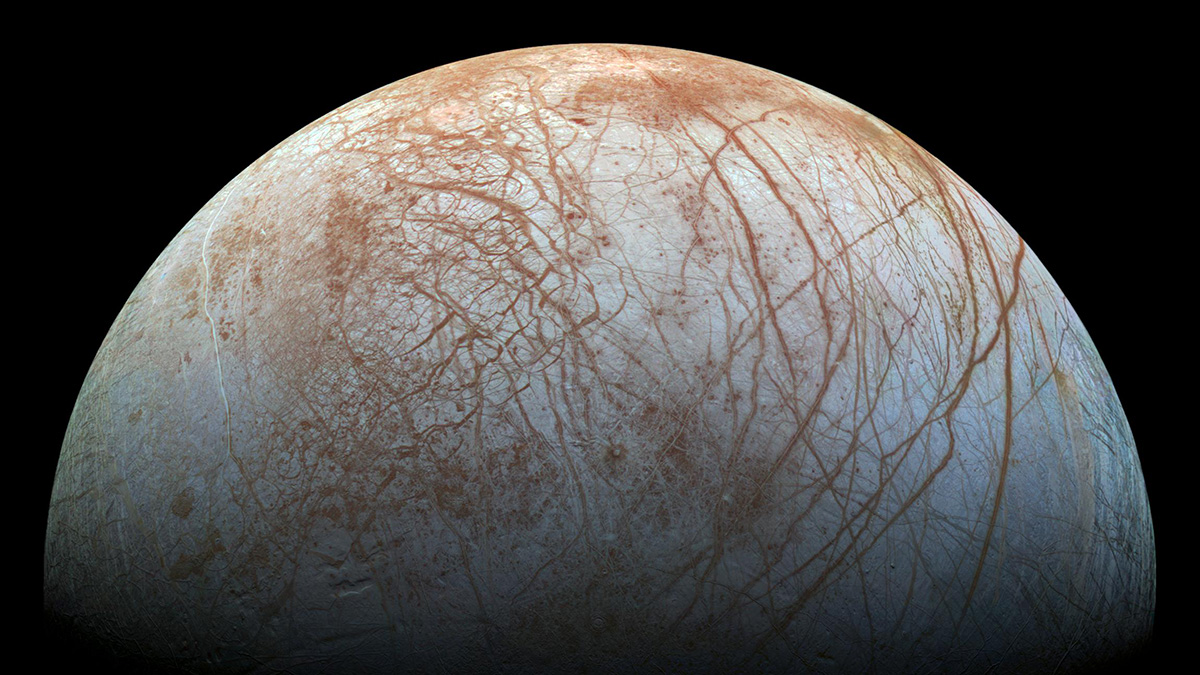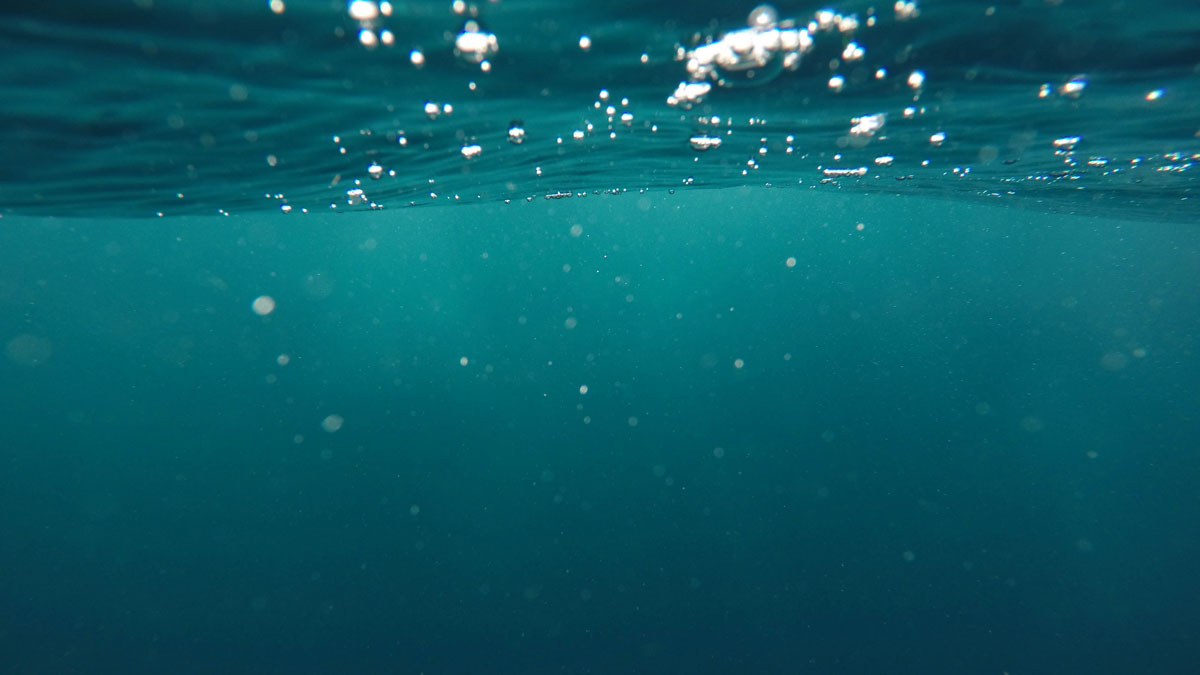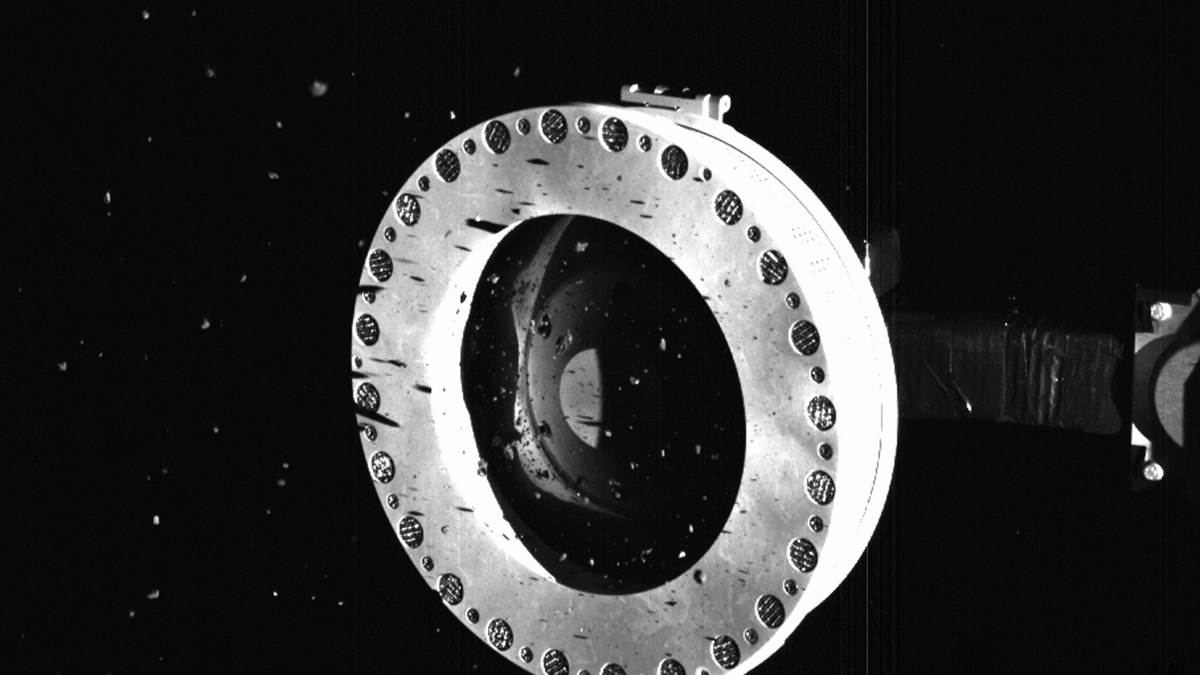The sensors help bridge gaps in air quality data due to critical shortages of government monitoring stations.
cool tools
Zipping Up Data to Zap Them Back from an Icy Moon
NASA wants to send instruments to distant moons like Europa and Enceladus to search for life. But getting vital data back to Earth over limited bandwidth will take some impressive compression software.
Rare Meteorites Shed Light on Diamond Formation
By studying meteorites believed to be remnants of the catastrophic breakup of a dwarf planet, researchers are learning how lonsdaleite, a particularly hard type of diamond, forms in nature.
Device Made for the Moon May Aid in Carbon Sequestration on Earth
A pocket-sized device intended for use on the Moon could soon play a key role in Japan’s ambitious plans to sequester carbon dioxide.
Internet Cable Reveals the Source of Underwater Vibrations
A novel use of an existing fiber-optic cable off the coast of Spain has clued scientists in to how seismic noise is generated in the ocean.
Capturing Ocean Turbulence at the Underbelly of Sea Ice
A specially designed instrument enabled researchers in the Arctic to measure turbulence within 1 meter of the interface where ice meets ocean.
New Landslide Reporting Tool Uses Social Media and AI
The tool extracts landslide information in real time, which could advance landslide research as well as disaster response.
Optimizing Competing Instrument Needs with an Objective Metric
Intrinsic dimensionality can quantify the level of information obtainable for various possible instrument configurations.
Notebooks Now! Elevating Computational Notebooks
AGU is launching a community-driven effort, funded by the Alfred P. Sloan Foundation, to support computational notebooks as primary research objects in scholarly publications.
A Time Capsule from the Early Solar System Is En Route to Earth
After an exciting encounter with asteroid Bennu, the OSIRIS-REx mission team looks forward to hitting pay dirt when a hefty sample of ancient planetesimal material is delivered to Earth next year.










